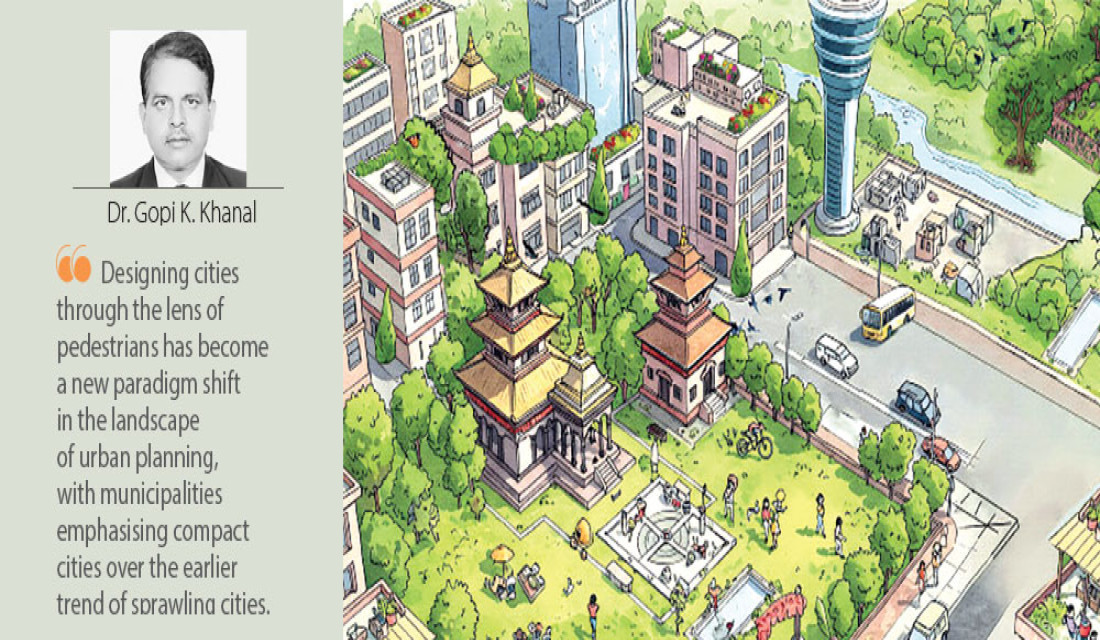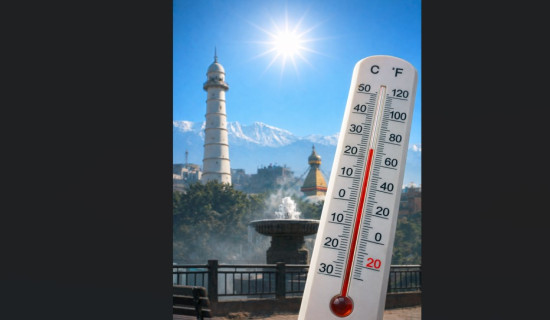- Saturday, 10 January 2026
Development Through Partnerships
Nepal stands in a situation of critical imbalance between development needs and available resources. The nation's development needs to place exceptional demands on public investment to meet its strategic
Cosmic Wonders Of January
The night skies of this winter month offer spectacular sights of numerous planets, stars, constellations and enchanting entities spreading superbly all over the heavens. The pleasant planets Mercury, Venus and Mars
Motivation Builds Confident Speakers
Although many students possess strong linguistic skills, they often struggle to present in front of a large audience. Instructors typically instruct students to make presentations, but they do not provide guidanc
‘A Father's Love, A Lifetime Of Care’
“We shall fight on the beaches, we shall fight on the landing grounds, we shall fight in the fields and in the streets, we shall fight in the hills; we shall never surrender!” Inspired by Sir Winston Churchill’s speech during World War II.
The Resonance Of Unspoken Words
In the cacophony of modern life, we often mistake silence for an absence of thought. We assume the quietest person in the room has nothing to say. Novice writer Shreejal Adhikari’s novel, 'Diary of Echoes: A Chron
Living Life Between Two Worlds
With eyes full of dreams, hope and aspirations to conquer the world, my journey began the moment I decided to pursue my master’s degree in a foreign land. There was never any doubt about choosing my dream
Let's Be Conscious Consumers
Recently, we had a classroom discussion on “conscious consumers and unethical business practices” in our social studies subject. We were to present our own experience that would reflect the topic. Our social stu
Cultural Exchange Through Education
Whatever your life's work is, do it well. This, by Martin Luther King Jr., must have certainly been the driving factor contributing to my willingness to choose hotel management subject for my Bachelor's degree, d
Global Order Fractures, Brutal Conflicts Escalate
The year 2025 saw tumultuous geopolitical disruptions that have shaken the global order. The year was characterised by trade wars, military conflicts, natural disasters, mesmerising development of AI (artifi
Sociology Of Nepal's Labour Migration
International migration for labour has become an integral part of Nepali society. Nowadays, it isn't easy to find a single household without a family member who has migrated abroad for labour. After the restoration of democracy in 1990 and the adoption of economic liberalisation along with the liberal migration policies, labour migration from Nepal increased drastically, which also coincided with the growth a
Can Junk Food Tax Improve Health?
A familiar scene unfolds at dawn in almost all bus parks in Nepal. As the shopkeepers first open their shutters, they start quickly display the packets of instant noodles and sugary drinks across the counters. For com
Political Life Of Cooperative Activist
Very few of the younger generations of Nepalis who identify this name with the cooperative campaign in Nepal know that he was a political activist, reformer and development activist who lost two of his son














